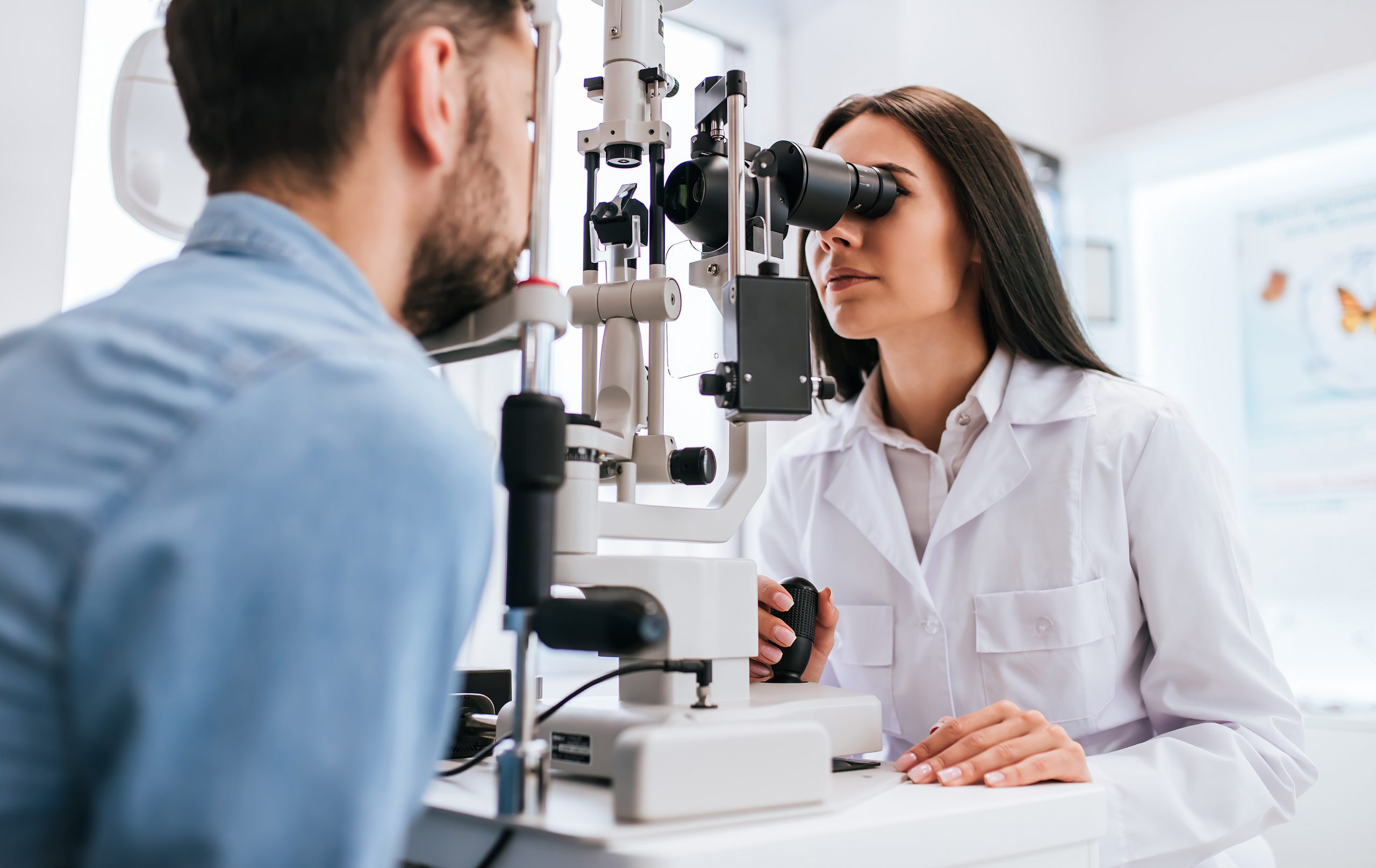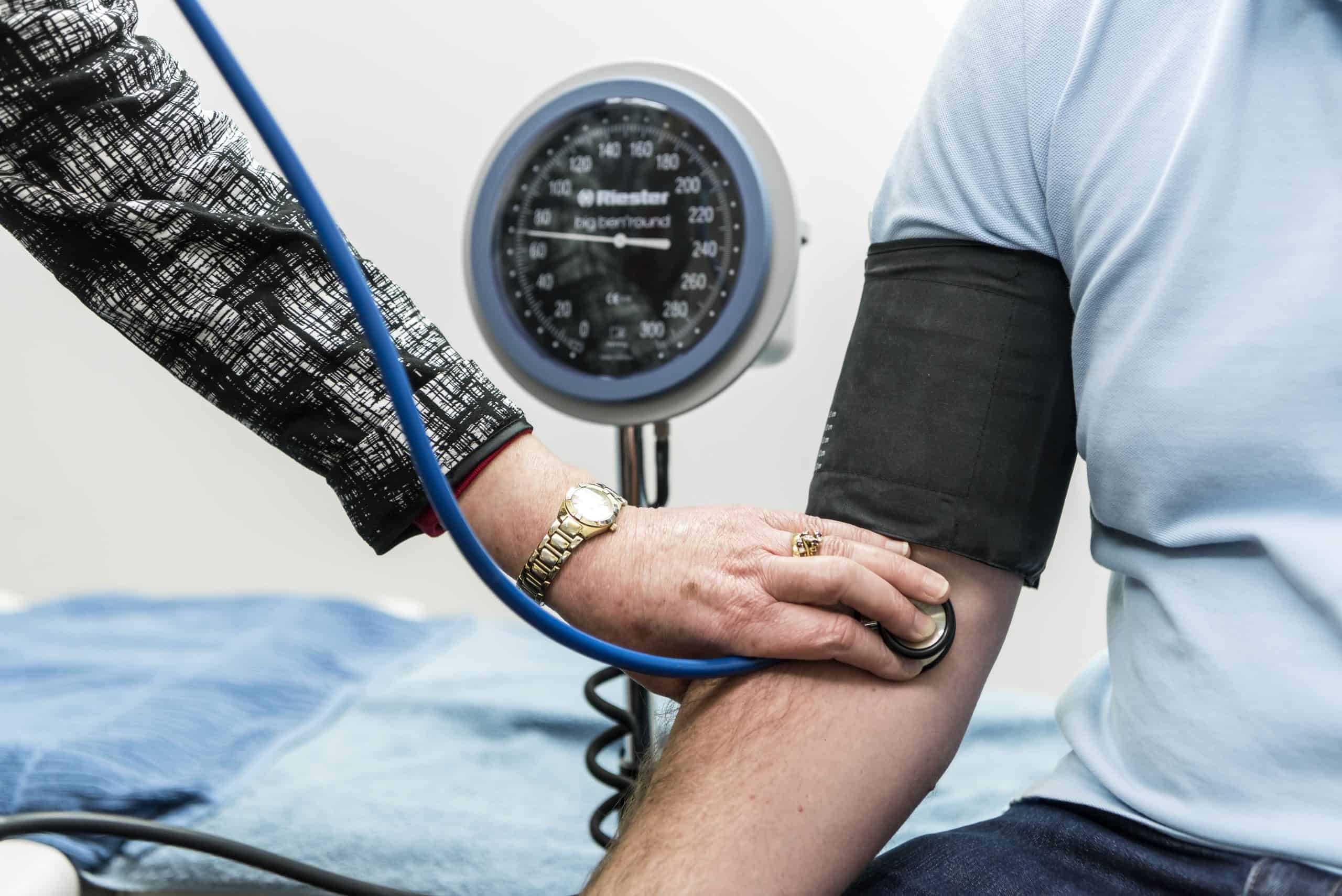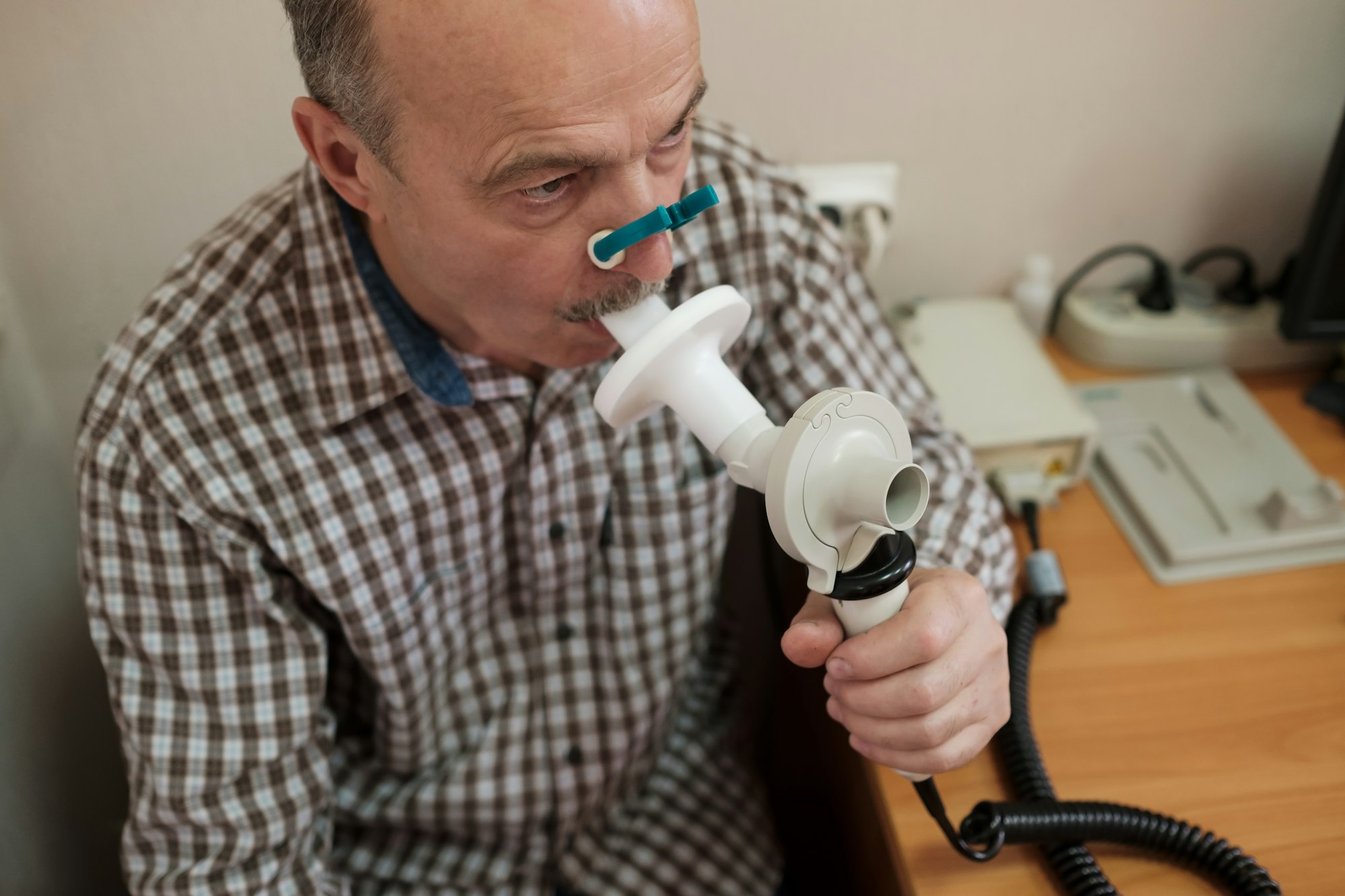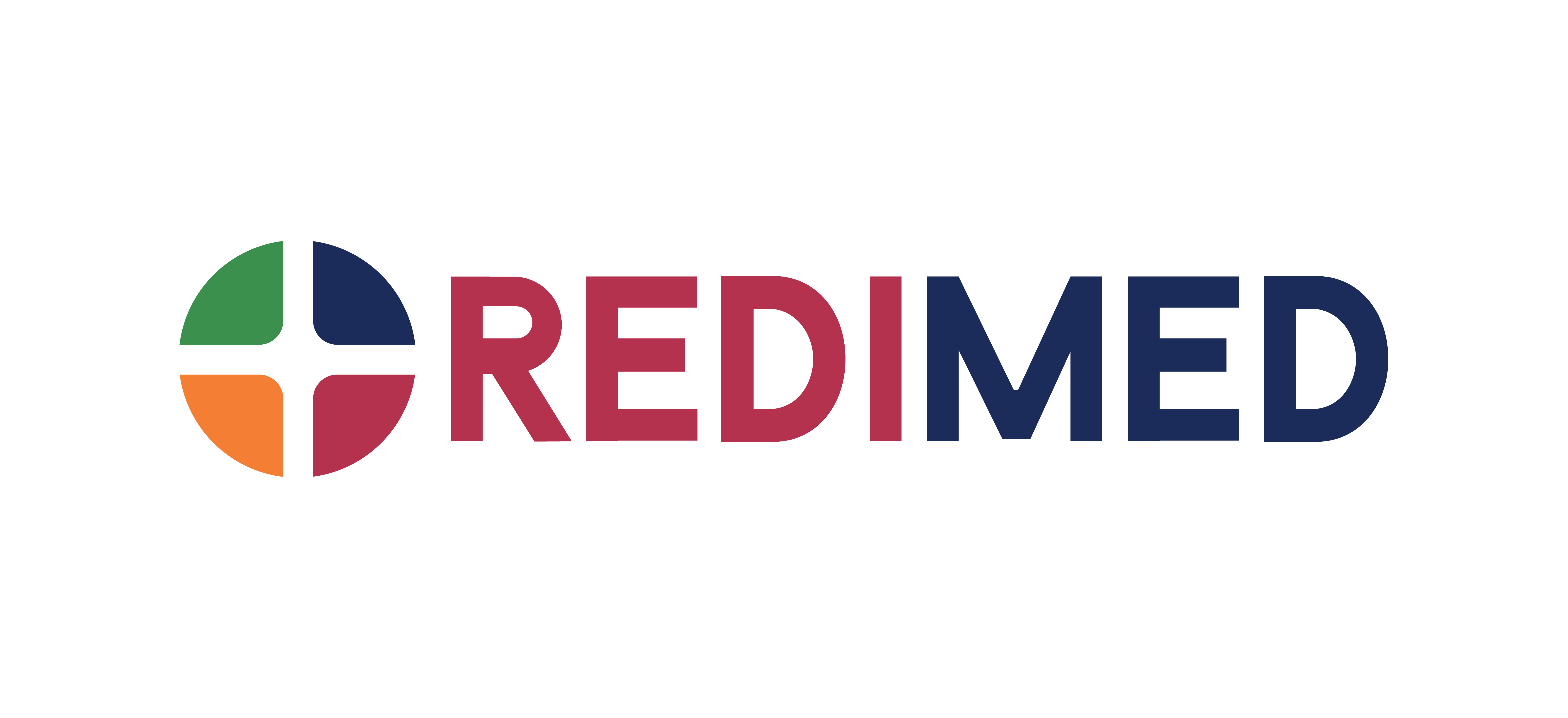Periodic Medical Testing
Improve safety and productivity by regularly testing your employees’ critical health markers.
Trusted by leading Australian employers.










Get Insights Through Regular Testing
Every employee has health markers associated with in-role safety and productivity.
For some workers, those might be factors like visual acuity and range of motion – while, for others, cognition and postural health might be more important.
PEMs can screen for initial role fitness, but you also need a way to detect changes over time, particularly for employees in high-risk roles.
Periodic medical testing works by identifying deviations from initial measurements, which can then be analysed and managed through role-appropriate measures.
It’s not just about minimising the risk of on-site health incidents.
With the right implementation, periodic testing can help build a more productive, more resilient workplace.
Workplace Health Testing Options
Designed to detect changes in employee health and prevent the occurrence or progression of health conditions.
Pre-Employment Medical Assessments
Fitness-for-Work Assessments
Health Monitoring & Surveillance
Common Periodic Tests
Periodic medical tests are tailored to individual roles in consultation with you and through analyses of relevant job dictionaries. Your dedicated customer relationship manager will guide you through what’s required, every step of the way.
Track Intervention Efficacy
If you invest in health and wellbeing programs for your people, how can you track their impact?
Periodic health monitoring can help you evaluate the effect of targeted interventions, which is particularly useful for pilot programs that need to be proven before being rolled out across different sites or business units.
Skin cancer and AOD education, fitness programs, and ergonomic assessments – each can be validated through ongoing testing.
When assessing efficacy is the goal, our practitioners will coordinate with your dedicated relationship manager to design tests around the intervention in question.
Reporting will include both individual test results and a cohort-level report, which, depending on your objectives, can include cost–benefit analyses and other relevant metrics.




Executive Health Evaluations
Set up an executive health program to monitor the physical and mental health of C-suite executives and other senior personnel.
Periodic testing screens for risk factors and can help detect emerging health conditions before they progress – leading to peace of mind and better performance for your key employees.
A typical executive health evaluation includes assessing cardiovascular, circulatory, pulmonary, gastrointestinal, musculoskeletal, psychological, sensory, and dermal biomarkers.
Our practitioners will also check other relevant indicators, like diet, lifestyle behaviours, medical history, and functional capacity, and may provide education around risk factors and self-assessment.
Schedule a consultation to find out more about developing a tailored executive health program.
Where Do We Operate?
Undertake testing one of our Alliance clinics – located in most major cities and towns across Australia.
Specialised Health Testing
Some high-risk roles have health assessments that need to be conducted at legislated intervals.
As part of your bespoke health strategy, we’ll identify roles that require periodic tests and include them in your organisational testing schedule.
Common periodic tests include:
- coal medicals (which vary from state to state, but are generally every 5 years following a pre-employment assessment)
- rail safety medicals (which, for Categories 1 and 2, are 5-yearly to age 50, 2-yearly from 50–60, and yearly from age 60)
- commercial drivers (varies depending on the driver’s role and whether they have any chronic conditions).
Required tests will be automatically scheduled through the RediMed digital platform, making it easy for you to view, approve, reschedule and cancel upcoming worker appointments

Periodic Medical Testing FAQs
Health surveillance is a specific type of periodic testing mandated by legislation. When workers are exposed to hazardous substances in the course of their work, employers are required to test them for excessive exposure levels and/or adverse health effects.
Periodic medical testing is a broader term that includes all types of intermittent health-related testing. It can range from tests legally required to be undertaken at specific intervals, like rail medicals, to executive screenings designed to optimise the health, wellbeing and performance of key personnel.
P4 is a well-recognised healthcare paradigm underpinning the idea of health optimisation. It involves:
- predicting health risks through regular, ongoing screening
- preventing health conditions before they occur through effective prediction
- personalising interventions based on each patient’s unique circumstances and background
- creating a participatory approach by empowering patients with education and other tools.
P4 emerged from systems medicine, which is based on the ideas of using cutting-edge technology to extract data about individuals’ health, storing that data in personalised health clouds, using AI and other analytics technologies to derive actionable insights from the data, and then connecting individuals and their data to clinical institutions via digital infrastructure.
Traditional care models have been reactive: a symptom occurs and an intervention is developed to treat the symptom. Often, the underlying aetiology is never properly identified or managed.
Over the past few decades, reactive healthcare has begun to be phased out in favour of preventive care, which – through the use of lifestyle interventions and education – aims to prevent adverse health conditions before they occur.
Health optimisation is an emerging healthcare model that focuses on improving baseline mental and physical wellbeing; a practitioner’s goal is to actively enhance patient health, not just prevent diseases and injuries. In the workplace, health optimisation can translate into better productivity by not only reducing presenteeism and absenteeism, but also by improving the mental and physical capabilities of workers.

